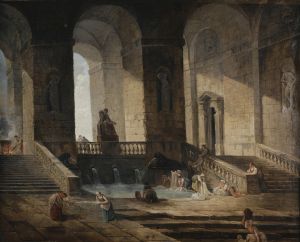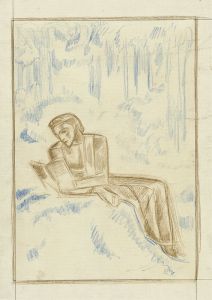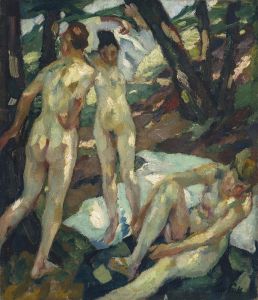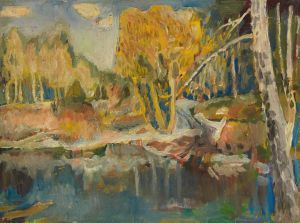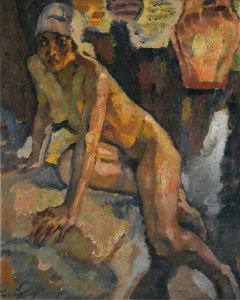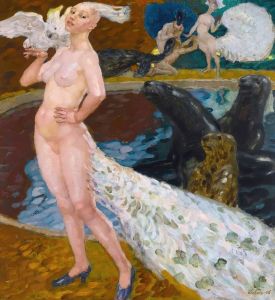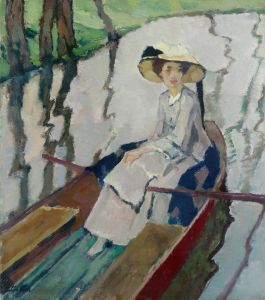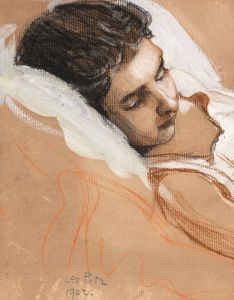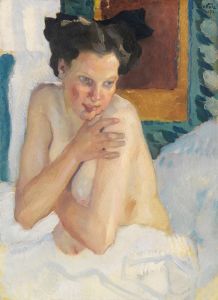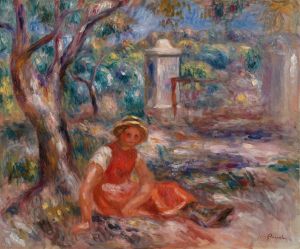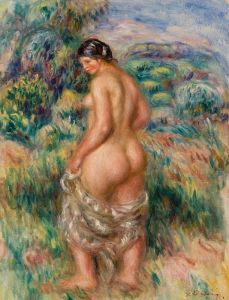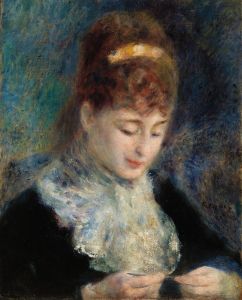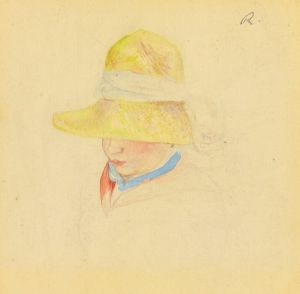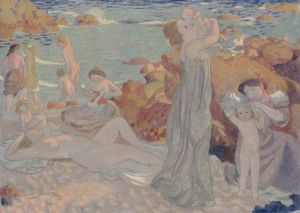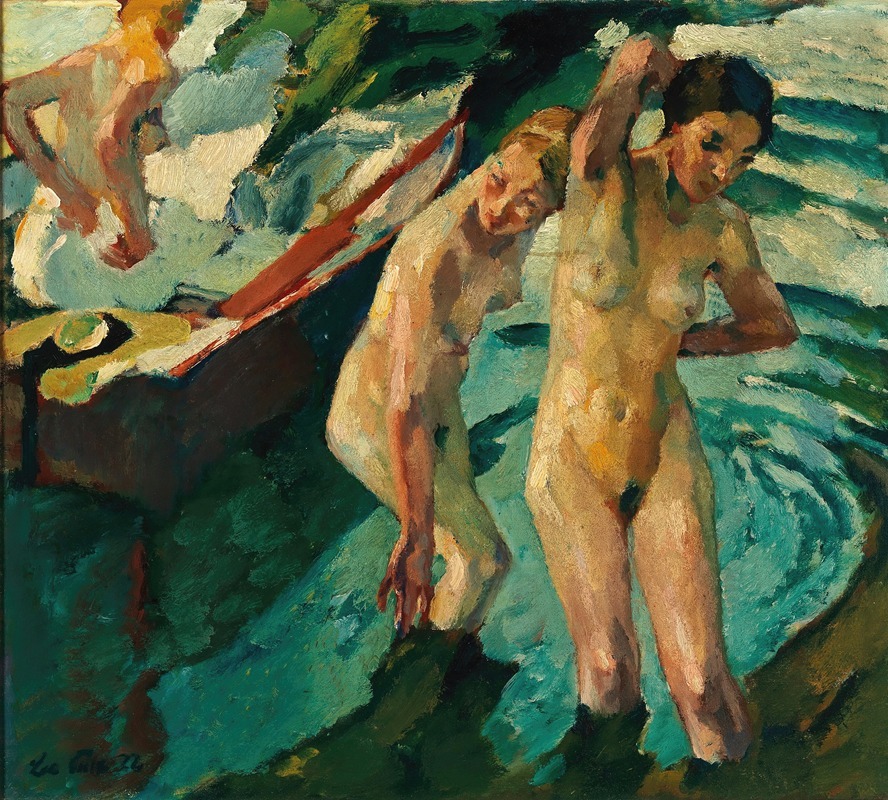
Bathers
A hand-painted replica of Leo Putz’s masterpiece Bathers, meticulously crafted by professional artists to capture the true essence of the original. Each piece is created with museum-quality canvas and rare mineral pigments, carefully painted by experienced artists with delicate brushstrokes and rich, layered colors to perfectly recreate the texture of the original artwork. Unlike machine-printed reproductions, this hand-painted version brings the painting to life, infused with the artist’s emotions and skill in every stroke. Whether for personal collection or home decoration, it instantly elevates the artistic atmosphere of any space.
Leo Putz was an influential artist of the late 19th and early 20th centuries, known for his contributions to the German Impressionist movement. One of his notable works is "Bathers," a painting that exemplifies his style and thematic interests. Putz was born in 1869 in Merano, which was then part of the Austro-Hungarian Empire, and he later became a prominent figure in the Munich art scene.
"Bathers" is a quintessential example of Putz's exploration of light, color, and the human form. The painting depicts a group of women bathing in a natural setting, a common theme in art that allows for the exploration of the human figure in harmony with nature. This subject matter was popular among Impressionist and Post-Impressionist artists, who were interested in capturing the effects of light and atmosphere.
Putz's technique in "Bathers" reflects his training and influences. He studied at the Academy of Fine Arts in Munich, where he was exposed to the works of the Munich Secessionists, a group of artists who broke away from traditional academic art to explore more modernist approaches. This influence is evident in Putz's use of loose brushwork and vibrant colors, which create a sense of movement and vitality in the painting.
The composition of "Bathers" is carefully arranged to draw the viewer's eye across the canvas. Putz uses the natural landscape as a backdrop, integrating the figures into the environment in a way that emphasizes their connection to nature. The play of light on the water and the figures' skin is rendered with a delicate touch, showcasing Putz's skill in capturing the transient effects of sunlight.
Putz was also associated with the Dachau art colony, a group of artists who gathered in the town of Dachau near Munich to paint en plein air, or outdoors. This practice was integral to the Impressionist movement, as it allowed artists to observe and depict the changing qualities of natural light directly. "Bathers" likely reflects this influence, as the painting conveys a sense of immediacy and spontaneity.
Throughout his career, Putz exhibited widely and gained recognition for his work. He was a member of the Munich Secession and participated in their exhibitions, which were instrumental in promoting modern art in Germany. His work, including "Bathers," contributed to the broader European art movement that sought to break away from the constraints of academic painting and explore new artistic possibilities.
In summary, "Bathers" by Leo Putz is a significant work that captures the essence of German Impressionism. Through its depiction of the human form in a natural setting, the painting exemplifies Putz's mastery of light, color, and composition. It reflects the influences of the Munich Secession and the Dachau art colony, highlighting Putz's role in the development of modern art in Germany.





